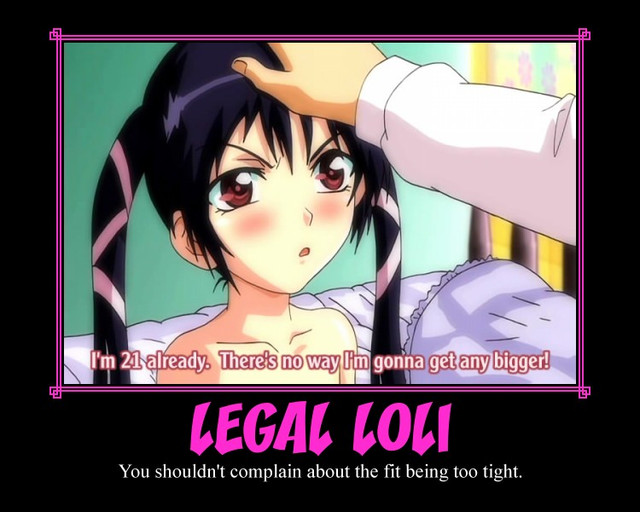
Article 34 of the Child Welfare Act, applicable since 1947, states that " No person shall commit an act listed in any of the following items:" with line six specifying " Cause a child to commit an obscene act". Production or distribution of child pornography is punishable by imprisonment with labor for up to five years and a fine of up to five million yen (approximately $50,000). The penalty for possession with any intent of commercialization, sales, or distribution is a maximum imprisonment with labor for three years or a fine of three million yen (approximately $30,000). Article 175 of the code has been applied to underage obscenity, notably in a 1993 case where a burusera shop owner was arrested on suspicion of possession for sale of obscene media, after he had invited a high school student to appear in a pornographic video. Previously, obscenity was regulated by the 1907 Penal Code of Japan. Under Article 7, it outlawed the production, transport, import and export of child pornography, as well as possession of child pornography for the aforementioned purposes. The Act on Punishment of Activities Relating to Child Prostitution and Child Pornography, and the Protection of Children came into effect on May 26, 1999.

Arts depicting underage characters ( lolicon and shotacon) and photography of underage models ( junior idol) remain controversial in Japan. For example, they argued that even in the anime and manga series Doraemon, the scene of the schoolgirl Shizuka Minamoto taking a bath might be construed as "child pornography". Manga artists and anime directors have argued that it is dangerous to try to define child pornography when it comes to artwork, drawings, and animation when regarding hentai due to it being highly ambiguous, and have cited freedom of expression to prevent it from being abused. Sex offender registries in the United States.Sexual and reproductive health and rights.


Sex workers' rights ( Decriminalization.Virtual child pornography, which depicts wholly-fictional characters, is legal to produce and possess. Simple possession of child pornography was made illegal by an amendment to the act in 2014. The production, sale, distribution, and commercialization of child pornography in Japan is illegal under the Act on Punishment of Activities Relating to Child Prostitution and Child Pornography, and the Protection of Children (1999), and is punishable by a maximum penalty of five years in prison and/or a fine of ¥5,000,000.


 0 kommentar(er)
0 kommentar(er)
